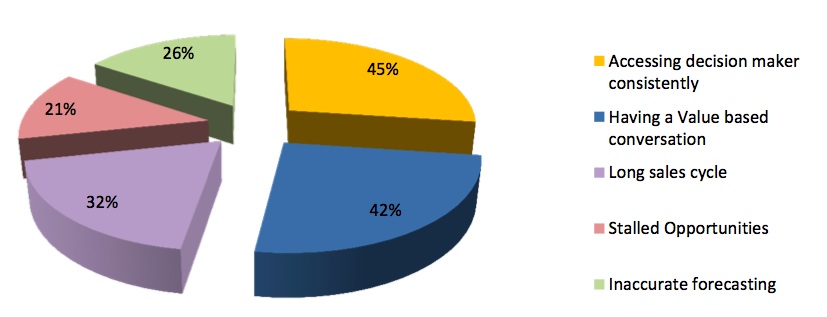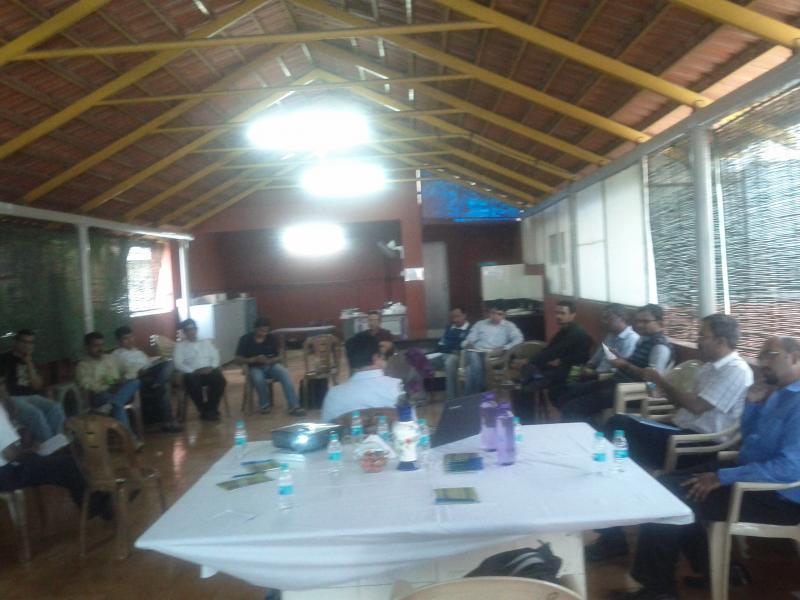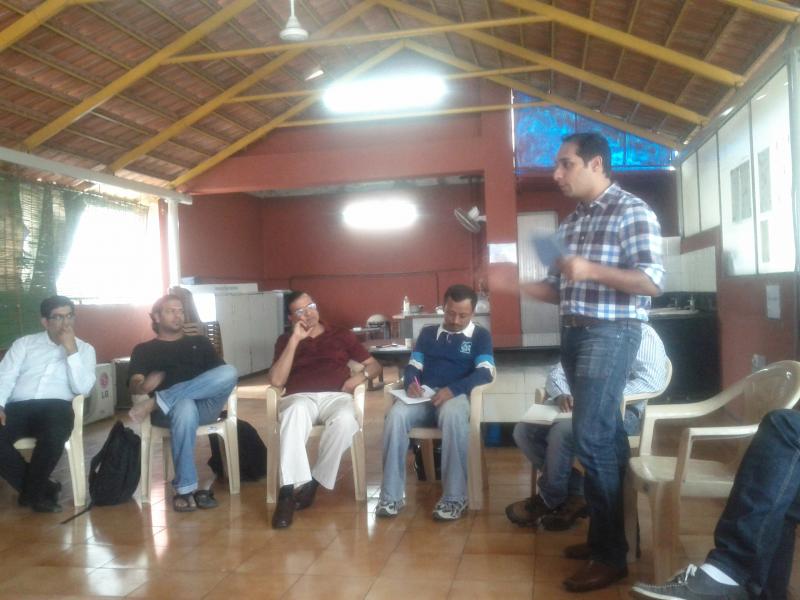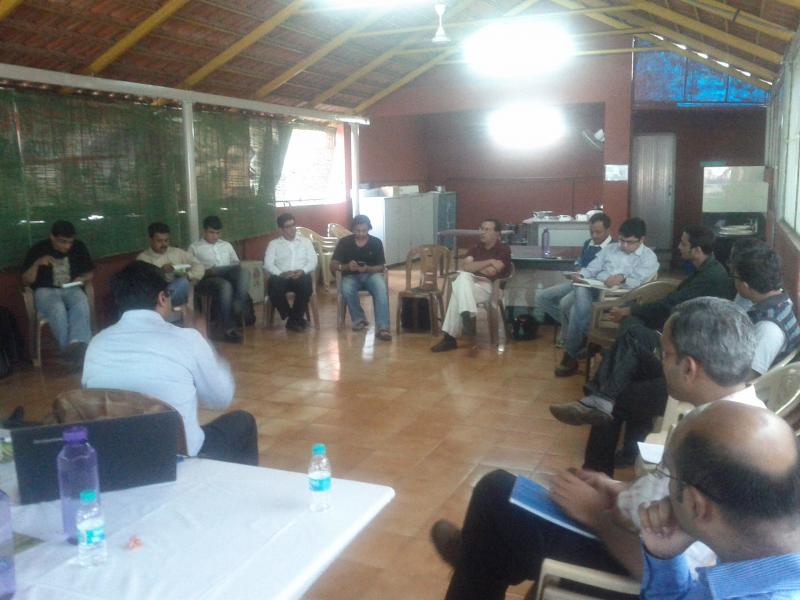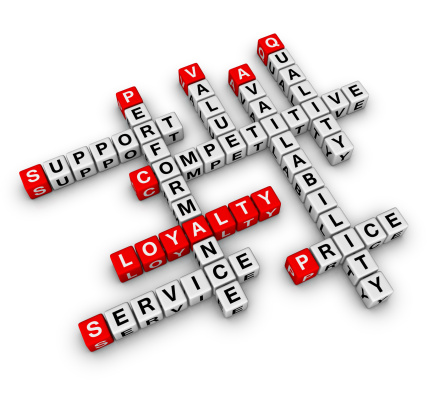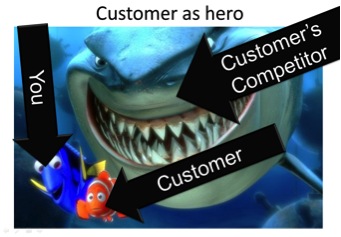The second Sales Playbook RoundTable in Delhi-NCR was held at EKO office in Gurgaon, led by Ambarish Gupta– CEO/Founder, Knowlarity Communications. About 10 companies attended the meet such as EKO, Easework, Busy, Yippster, Conixevus and few more. The format was quite engaging and action oriented as participants were asked to come with their own set of sales challenges for the RT. The session started with a brief introduction and the specific challenges participants were facing. There was a good degree of overlap among sales challenges of different organizations. The common theme emerging out of the challenges can be divided into three categories – Profit margin, Velocity of Sales & Scaling up. I’m listing down few of the actionable learning discussed
 Improving Profit margin:-
Improving Profit margin:-
There was unanimous agreement over the core purpose of business among participants i.e to make profit which is a very elementary mathematical equation i.e difference between revenue from a unit customer & cost of serving a unit customer. Even if somebody is making revenue, he may choose to leave a particular customer if cost of serving customer is more than revenue. Exceptions are always there if the unprofitable customer is a source of bringing other profitable customers. Organizations should have real time view of profitability of different customer segments and may focus on segments with maximum profitability. While formulating any pricing strategy, the above mentioned formula should be kept in mind.
- The most important point in improving profitability is to understand the sustainable value coming out from the different customer segments & know associated risks. For example- startups as a major customer base are not good for companies because most of them die in a year so average cost of acquisition & serving is always going to be more than the average revenue for these customers. Similarly, up gradation to the existing customer may enhance profit margin significantly.
- Ask the customers to pay for the product you are providing, you will be getting right kind of feedback about product & business model, if majority is not willing to pay, it’s a red flag and one may need to modify the business model & product
- The pricing model should be taking care of mind set of customers so if the target customers are not in a position to shell out big amount of money, the pay as you go model may be applied with known risk that churning of customers is going to be high risk for the company.
- Payment term is also quite important, For example – Even in SaaS model once can ask for yearly payment rather than collecting on monthly basis. It has got several advantages-a) Advance cash flow b) reduced tension & effort of collecting money c) you have got a time in which you can make customers use the product and take benefit out of product.
- Make customers’ use the product so that they can feel the business benefit. A happy customer’s life time value is quite high for the company. The companies need to make as many happy customers as possible as a brand ambassador so after getting word of mouth publicity /referrals the cost of acquiring customers reduces significantly resulting in better profit margin for the company in long run.
 Enhancing Velocity of Sales:-
Enhancing Velocity of Sales:-
A lot of participants expressed their concern about increased sales cycle and discussed the ways to reduce the cycle time & find a right process for reaching out to prospects.
- Network is very important in finding first few customers; it was observed that most of the companies got first few clients from personal network which resulted in an early traction for products. So build a network of mutually beneficial relationship much before you try to reap the benefits.
- For reducing the time cycle, team should focus on finding the person in the target companies who is feeling the maximum pain for the problems you are going to solve and identify the decision maker such as CEO/CMO.
- For finding the relevant personal details such as mobile no. /email id internal to an organization, various tactics may be employed such as finding details from LinkedIn & Naukri profile, calling the board member as a journalist for interview etc.
- It is always advisable for going through a referral route if available so that the prospects would be in a frame of mind to hear. Moreover, while interacting on phone for the first time, you have just first 30 seconds to impress, be precise to what you are going to deliver in terms of benefits not about details of products. You will be getting enough time and a meeting with all the key executives if you can hold call for first 30 seconds. The benefits should be clearly leading to either increasing the revenue or reducing the cost in direct or indirect ways such as, “I will help you in making additional money from existing customers” or “I will reduce the cost of serving to your existing customers”.
- If your product is new in market, one needs to identify the early adopters who are willing to take chances for launching the product with assessment of the probable competition, barrier to entry, market potential & preferred business/ revenue model in different markets.
- If the product is a replacement of the existing product then value from the replacement product should be of at least 10x more value than that of the existing product. The product companies need to understand & answer the key questions- why people should be replacing existing system/products? The mindset of a customer is always going to maximize the value per unit cost. One needs to find a solution of this puzzle for individual prospects before reaching them so one needs to concentrate on understanding the pain points with existing product and how to help prospects with those pain points while still providing the others as usual benefits to the customers.
- Both tangible and intangible value should be taken into consideration while evaluating overall value to the customer. One needs to be very careful if you are changing the path of doing business as usual for the prospects as there would be a degree of difficulty in doing something new for the customers. This is going to create negative value to the prospects.
- Keep customers / prospects engaged in a personalized way such as sending some information that may or may not be relevant to the product but may help prospect. Always keep a updated social profiling of the prospects from Facebook, Twitter and LinkedIn and find an excuse to follow up such as Congratulations for getting award etc. One need to understand that we are dealing with human beings not machines so clubbing of trust and emotions is extremely important to reduce sales cycle.
- The first point of interaction with customer is what you are going to provide. Talk to the customers in a language they can understand rather than focusing on product and features, it comes later in answering to the question how you are going to provide. For example- Our product will reduce the serving cost per customer in call center from 50 paisa to 10 paisa or our product is going to help in your business conversion by x% that is going to increase your revenue by y%.
- Even from the same target customer segment, different prospects are at the different stage of the sales cycle so marketing pitch should be in line with different stages in a sales cycle i.e Awareness – attract – Engage- Convert – Happy customer – Referral / word of mouth – new customers and so on.
 Scaling up:-
Scaling up:-
- Product companies should connect to prospects to understand the pain points of the customers rather than building a perfect product with no market requirements. They should start talking with customers even if the product is not ready to receive valuable feedback.
- Time to make entry in the market is quite important as it decides the opportunity windows of a company to tap maximum benefits in minimum time & effort
- The system & processes during the early stage of startup should be highly flexible. After a certain period the same flexible system should be converted into process driven system to run the show. Therefore, one should evaluate & understand the system / processes / resource that are needed to drive the expected sales after scaling up & manage the changes from the existing level to the future level smoothly.
- One needs to find the sales model that is highly effective and scalable after market test and multiple iterations. Once you have found the right kind of value proposition and target set of customers for that value proposition with effective sales channels, you can scale up same model exponentially.
- The choice of domestic vs. international market is quite tricky. In developing market competition is less, quality expectation is less, market potential is high but customers are not willing to pay so ticket size is small. One of the biggest obstacles is the mind-set of customers in developing market. However in developed market ticket size is high, less hurdles with mind-set but competition is intense with very high expectations on front of quality. So considering these two facts one can take domestic market as a test market for testing and enhancing the product. Once it reaches the level of international standard, one can make international markets as the primary source of revenue. Jumping to international market without having a tested product may block all the future chances in that market forever.
- The selection of appropriate sales channel may be explored after trying established model such as telesales, channel, face to face & enterprise sales. Only after market testing, one can determine the right way to get more profitable customer at lower costs.
- The product companies need to create a sustainable source of inbound leads rather than outbound leads to improve efficiency of the sales system. Sales people should not be engage with every potential customer, they should be getting filtered list of potential customer for engaging & converting
- Another basic question is how customers are going to discover you? One needs to see the whole picture from the lens of customers for scaling up. Depending upon the computer literacy of the targeted customer offline or online or combination of marketing tactics may be deployed. For example- if customers are searching heavily over internet for the keywords associated with the products- Google organic and paid search could be good idea to hook the prospects. However if the search volume is less then display tactics may be needed to create the awareness among targets & later for hooking.
- The product companies need to understand the mindset of channel partners and dynamics that is happening in the channel partner industry. As profitability is going down, existing good partners may be looking out for new streams of revenue. So, they would be happy to work on a more profitable venture for taking a new product to the market. Apart from that capability, influence into target market and willingness to sell must be evaluated for potential partners.
- The big channel partner may not be a good partner unless the new product can create immediate good streams of revenue for them, so small partners would a preferred set of partners because they would be devoting dedicated time even for small revenue however the impact on company’s revenue per partner would be limited so number of such working partners come into picture for getting maximum revenue in a given time.
 These insights were the result of the sales round table meet. The round table meet ends with a promise of meeting again for discussing and sharing experience again in coming month. Thanks to iSPIRT ProductNation in being instrumental for building core competence in product organizations.
These insights were the result of the sales round table meet. The round table meet ends with a promise of meeting again for discussing and sharing experience again in coming month. Thanks to iSPIRT ProductNation in being instrumental for building core competence in product organizations.
Guest Post by Manoj Kumar, a volunteer for ProductNation







